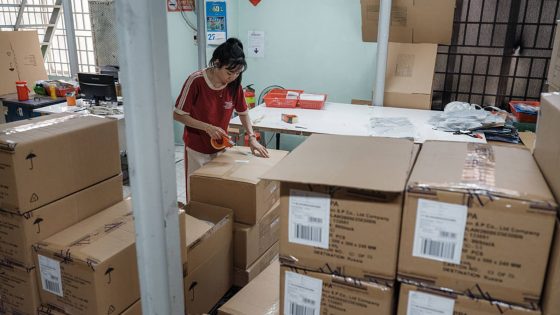The retail industry is experiencing relief as it appears to have sidestepped the worst-case scenario regarding Vietnam tariffs. President Donald Trump’s recent announcement of a 20% tariff, down from the previously proposed 46%, has brought some optimism. However, many executives remain cautious, believing that even this reduced rate could negatively impact consumer spending.
- Retail industry relieved by tariff reduction
- 20% tariff better than proposed 46%
- Vietnam crucial for U.S. footwear supply
- Companies may raise prices to offset tariffs
- Consumer spending could be negatively impacted
- Executives express cautious optimism about deal
As of July 3, 2025, this tentative deal is seen as a mixed blessing. While it alleviates some immediate fears, executives worry that higher costs will ultimately burden consumers. Will this lead to increased prices across the board, or can retailers absorb the costs?
This situation raises important questions about the future of retail pricing and consumer behavior. Will consumers be willing to pay more for goods, or will they cut back on spending? Key points to consider include:
- Higher tariffs may lead to increased retail prices.
- Consumers could face reduced spending power.
- Retailers may need to adjust pricing strategies to remain competitive.
- The long-term effects on consumer behavior remain uncertain.
As the retail landscape changes, businesses must adapt quickly. Will they find innovative ways to manage costs, or will consumers bear the brunt of these tariffs? The coming months will be crucial.

































